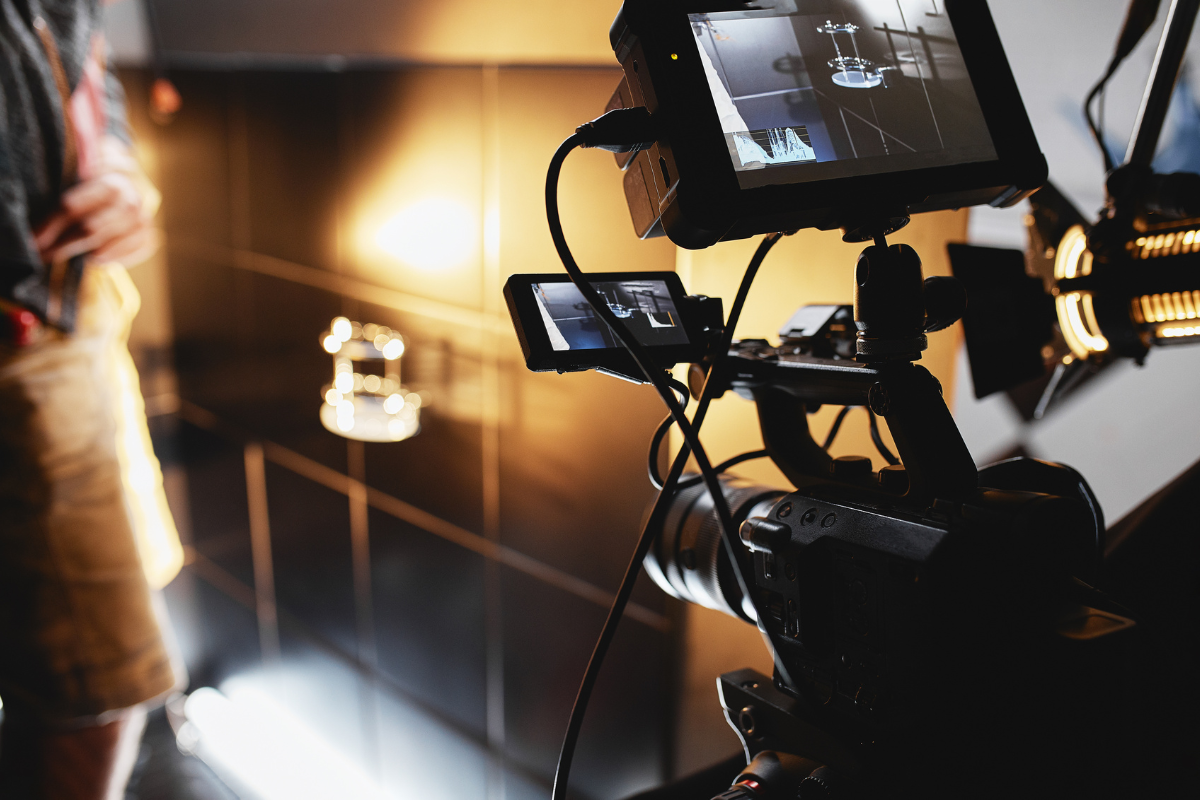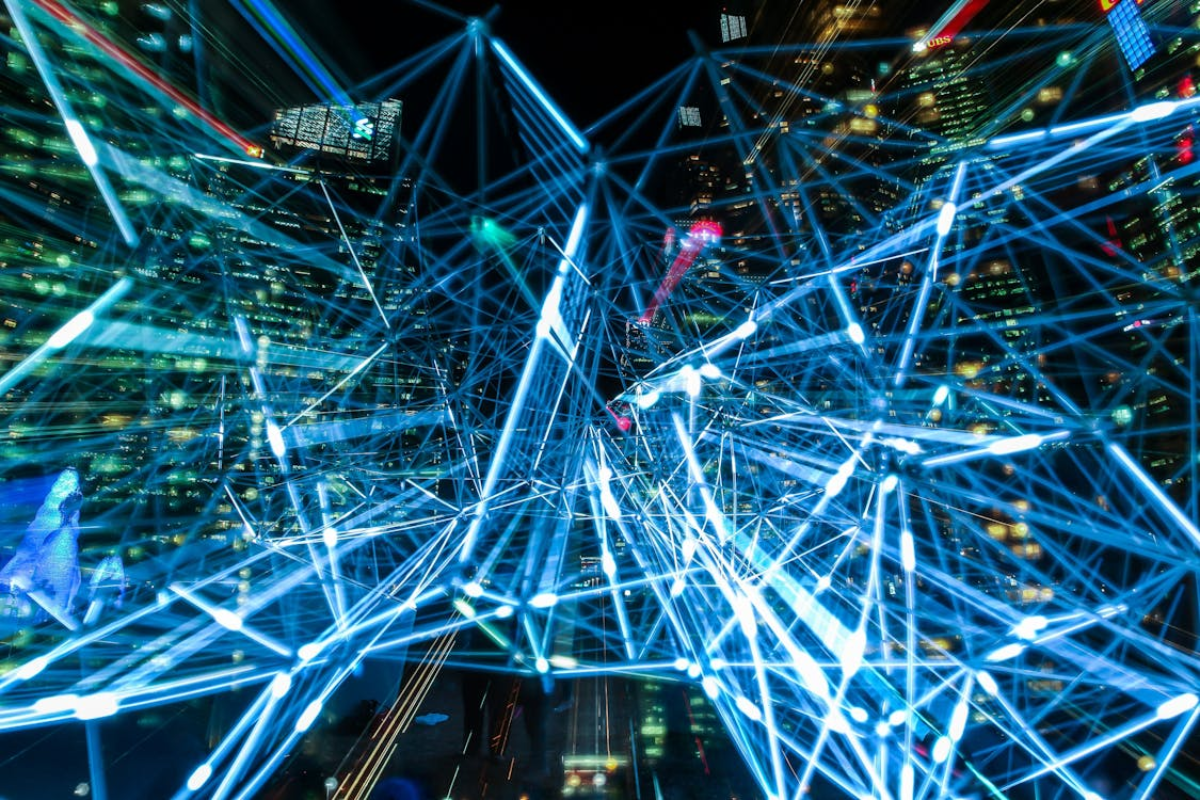In the swiftly evolving landscape of digital content creation, the confluence of artificial intelligence (AI) and creative industries is sparking a revolution, particularly in video production.
The advent of AI-powered video editing tools has streamlined the editing process and opened up new vistas of creativity, efficiency, and accessibility.
This transformation is reshaping how stories are told, how audiences engage with content, and the speed at which this content can be delivered.
In this exploration, we delve into how AI revolutionizes video production, turning what was once a labor-intensive process into an arena of boundless creative potential and innovation.
Table of Contents
ToggleThe Catalyst Of Creativity
At the heart of this revolution lies the power of artificial intelligence to enhance and augment the creative process.

Traditionally, video editing requires meticulous attention to detail, a profound understanding of narrative flow, and countless hours manually cutting, splicing, sequencing, and refining footage.
However, AI is altering the game by automating numerous time-consuming tasks, permitting creators to focus more on the imaginative aspects of storytelling.
AI algorithms can analyze hours of footage to pinpoint the best takes, propose edits, stitch scenes together according to thematic or emotional cues, and even adjust the narrative’s pacing.
This automation accelerates the editing process and enhances the creative output, allowing for more experimental and innovative storytelling techniques.
By taking over repetitive responsibilities, AI gives video editors additional time and mental space to concentrate on the artistic side of their work.
The algorithms can evaluate substantial visual material and pinpoint patterns that may evade human observation.
As a result, the technology can recommend novel combinations and approaches that expand creative possibilities.
Furthermore, AI’s function in video production goes beyond simply editing. It is also being applied to color adjustment, special effects, and even generating realistic computer-generated imagery.
By studying immense datasets of video content, AI can apply color corrections and grading that may traditionally require a skilled colorist to spend hours completing.
Similarly, AI algorithms can now develop or change images in ways that were not possible before, making high-quality visual effects more obtainable for filmmakers and content creators who have restricted budgets.
These techniques allow visual stories to be told with fewer resources. AI assists in democratizing quality production.
Revolutionizing Accessibility and Efficiency
AI has a significant influence in video production by leveling the playing field for creators.
Tools utilizing artificial intelligence now allow aspiring filmmakers, content developers, and small groups to generate high-quality videos that rival what larger studios can produce.
These AI-powered solutions frequently feature approachable user interfaces that reduce the technical hurdles, enabling individuals without formal schooling in video editing to realize their ideas.
No longer are expensive hardware and complex software prohibitive—AI has put advanced video capabilities within reach of anyone with a vision.
While big studios still have advantages of funding and staffing, independent talents can now shine without such resources. Creativity has more potential than ever to breakthrough regardless of background or means.
For the democratic spirit of visual storytelling, this impact of AI technology is genuinely significant.
While AI brings notable efficiencies to video production, its capabilities go beyond simply expediting creative tasks. It can also optimize how entire projects are planned and executed from start to finish.
With AI, vast archives of footage can be systematically organized, intuitively tagged, and precisely grouped to aid easy retrieval.
Even more impressive is its ability to deduce the probable sequence of shots or scenes needed next based on prior edits, saving teams valuable time otherwise spent determining logical flows.
This degree of automatic arrangement and forethought cuts down considerably on the hours spent addressing mundane production details, permitting creators to focus more energy on imaginative problem-solving and delivering results ahead of schedule without compromising on the quality of output.

The Future Landscape Of Video Production
While artificial intelligence innovations continue progressing, the technology’s capacity to further evolve video creation appears boundless.
We are currently witnessing the rise of AI with abilities such as scriptwriting, generating virtual performers, and even overseeing films based on predefined criteria.
These developments promise to make the manufacturing procedure more effective and cost-efficient, potentially questioning our concepts of imagination and attribution in the digital era.
As AI systems gain enhanced capabilities, observing how else they may assist or automate the filmmaking process from pre-production through distribution will be intriguing.
Only time will reveal the full extent of transformations within the industry as machine learning and algorithms advance.
Conclusion
While the fusion of artificial intelligence in inventive ventures, particularly in video creation, is progressively turning into a pattern, it is truly a transformative change that is redesigning the scene of substance making.
By robotizing work serious assignments, improving imaginative possibilities, and popularizing get to high caliber creation instruments, counterfeit consciousness is opening new universes for storytellers and substance makers.
As we take a gander at the future, the synergy between human imagination and man-made brainpower guarantees to unleash another time of storytelling that is progressively more powerful, different, and open than at any other time.











